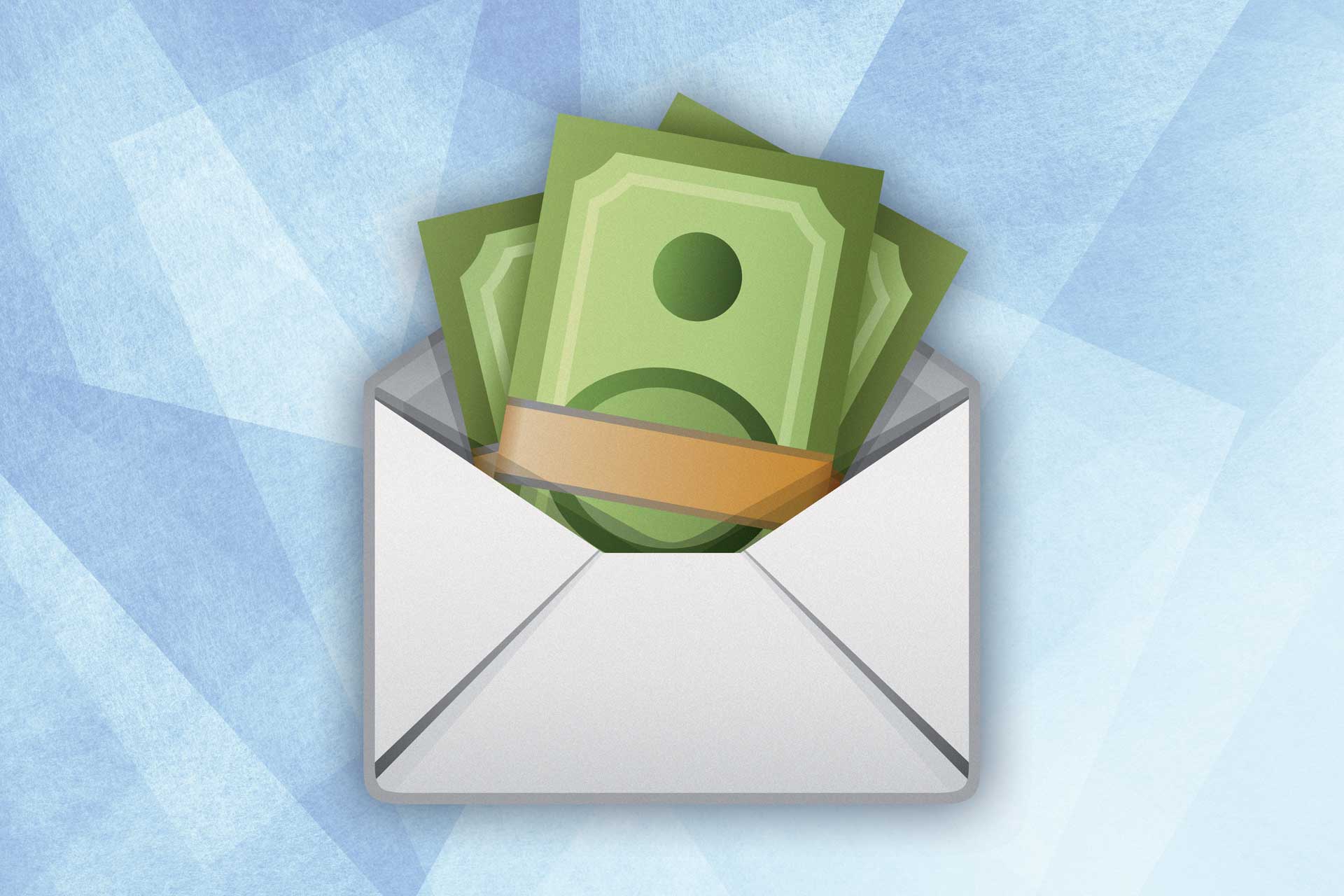No doubt, offering a defined contribution retirement plan – like a 401(k) – can have a positive impact on employee attraction, engagement, and retention. Plus, helping employees build a nest egg for the future is simply the right thing to do. Just make sure that when you take on the responsibility of being a plan manager, you’re also aware of the many regulations governing plan administration, such as timely remittance. Failing to comply violates Department of Labor and IRS regulations, and can result in significant penalties, plan disqualification, and more.
So, what is timely remittance? Once you deduct funds from your employees’ wages for contribution to a retirement plan or repayment of a plan loan (if applicable), timely remittance relates to how long it takes you to segregate those monies from general funds and remit them to the plan. Failing to remit contributions in a timely manner can be seen as taking a loan from the plan, which is a prohibited transaction.
To be timely, the process of segregating and remitting funds should occur:
- As soon as administratively possible for employers with more than 100 eligible plan participants.
- Within seven days of taking the deduction for employers with 100 or fewer eligible plan participants and no ERISA audit requirement.
- No later than the 15th business day of the month following the end of the month that the deductions occurred (as per DOL regulation 2510.3-102).
It sounds simple, but there’s more to it. As noted by the American Institute of Certified Public Accountants (AICPA) in its March 2021 Primer Series, the 15 business days “is not a safe harbor for depositing deferrals; rather, these rules set the maximum deadline if that amount of time is the earliest that is reasonably required to be able to separate the plan assets from the employer’s corporate assets.”
If other payroll items, like tax withholdings can be segregated inside of the 15-day period, employee contributions and loan repayments must be segregated on that earlier date as well. What’s more, if the company can segregate employee contributions from general assets within three business days, for example, failing to do so can be considered late remittance. Even if the remittance process is shortened from four days to three days during the year (for example, you change payroll processors and the new one is quicker), you could be responsible for untimely remittance for the months where it took four days.
What’s the big deal? Holding onto the money for too long can result in lost earnings for the plan participants.
To fulfill fiduciary responsibilities, plan management must monitor timely remittances, regardless of whether payroll is processed in-house or by a third party. This can be accomplished with a policy that requires regular reconciliation of plan contributions according to the trust statement to payroll records, as part of ongoing internal control procedures.
If at any time there should be a delay in segregating and remitting the funds, it’s wise to document what happened in detail and hold onto any supporting records. It’s also a good idea to consult an ERISA lawyer to evaluate whether a deposit was late and is considered a prohibited transaction.
As for next steps, refer to the IRS’ 401(k) Plan Fix-It Guide and the DOL’s FAQs about Reporting Delinquent Participant Contributions on Form 5500.
In general, you’ll need to report the prohibited transaction by completing and submitting Form 5500. There are penalties for each day that a remittance was delayed. The plan administrator may also be subject to civil monetary penalties and tax liabilities for failing to report delinquencies on Form 5500 and if an auditor fails to note a missing delinquent contribution schedule.
If you have any questions on this or other accounting, tax, payroll, or audit issues, please don’t hesitate to give RBT CPAs a call. We’re a leader in the Hudson Valley and we care about getting the details right so you can focus on other things like your business. RBT CPAs: We succeed when we help you succeed. Give us a call today.
Please note: The information is this article should not be construed as legal advice. When you need such advice, it’s always best to contact your legal counsel.










